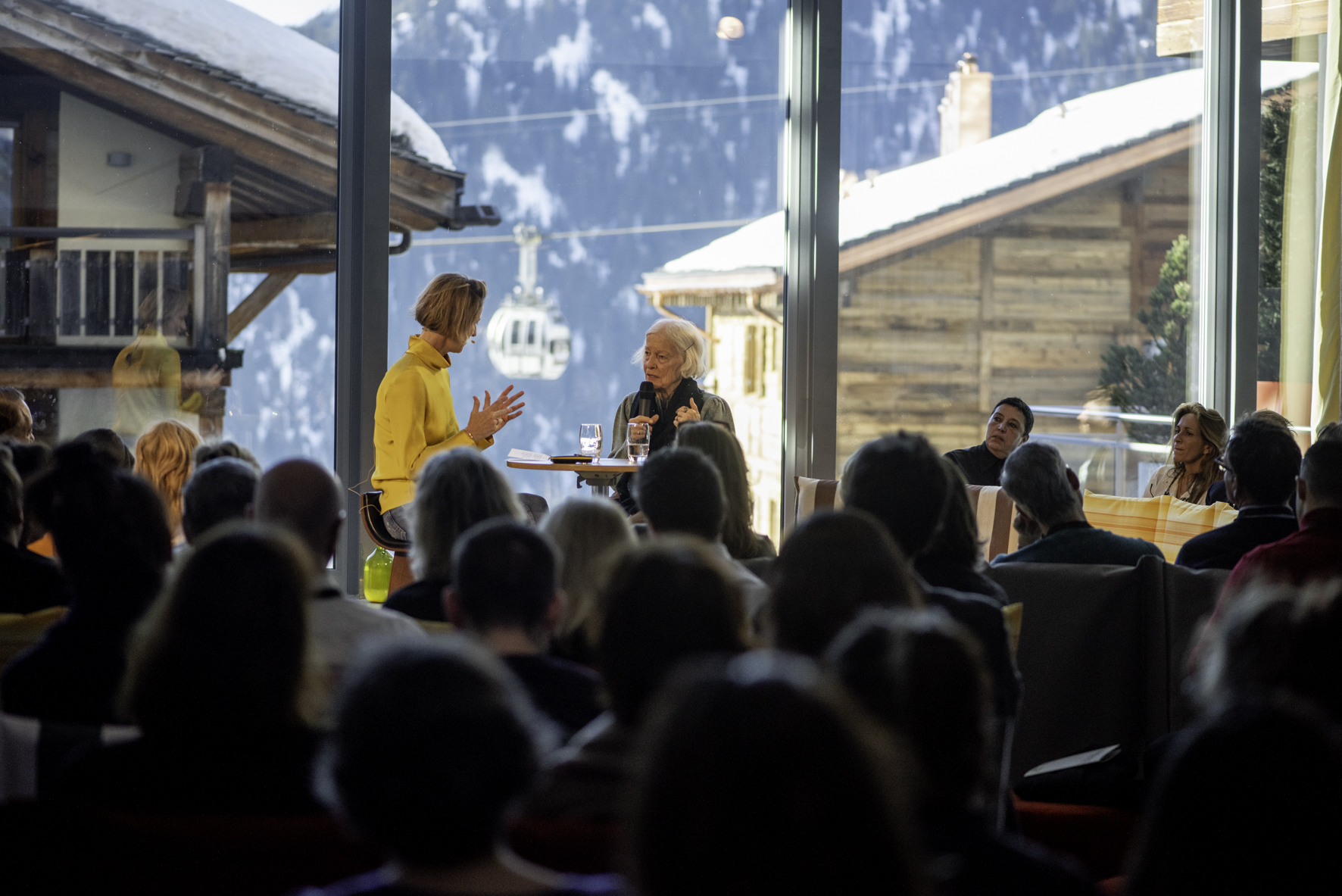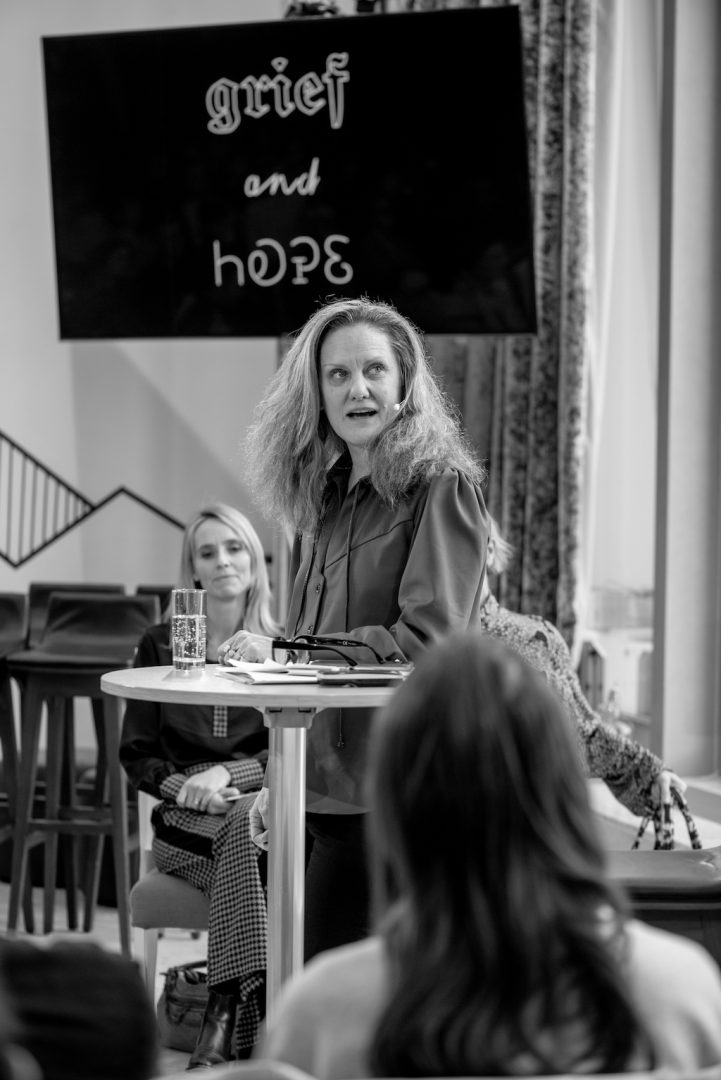2020 Verbier Art Summit

31-01 – 1.02.2020
Nestling in the far-flung depths of a valley that is an eastward extension of Lake Geneva, Verbier is better known for the quality of its ski slopes that for its fear of being short of things. But don’t be deceived, even the opulent Swiss Confederation, which seems to have every manner of resource at its disposal, and in abundance, is subject to the throes of rarefaction: the spectacular thaw that is affecting the permafrost is scaring the land of the fondue (that melted cheese dish), and alarming glaciologists just as much, as they watch glacier masses shrinking alarmingly (soon both black ski runs and white gold will be a thing of the past), as well as seismologists, Switzerland being positioned at the heart of Europe’s seismic activity. In releasing considerable volumes of ice, the melting Alpine glaciers quite simply risk creating the conditions for a “Big One”. If, at first glance, the theme of this 2020 Verbier Art Summit, titled Resource Hungry, seems to be somewhat out of sync with the country and town playing host to it (we might more aptly imagine Bamako or Phnom Penh), in the end of the day it turns out to be not quite so misplaced as that, if we reckon that there are really no longer any areas immune from the consequences of climate change (which in fact seems to be this summit’s implicit theme). The speakers and attendees who filed past over those two days were endlessly wondering about the ability of art and artists to come up with solutions for remedying the climate crisis, and the consequences in terms of resource availability that this latter is holding over people like a threat. Split between a contingent of artists and theoreticians, the conference brought together the words of figures who were all intent on adding their grist to the mill of planetary resilience, under the aegis of Jessica Morgan, director of the Dia Art Foundation, who rightly reminded her audience that the foundation was created to support and conserve the works of land artists, who had always sought to usher in a “dialogue with nature”—although it should be remembered that not all Land Art works necessarily had an ecological dimension, the notion of ecology having only emerged at a much later date in its present-day accepted sense of environmental protection. In the face of a worldwide crisis that is affecting every sphere of human activity, the action of art encouraging the protection of resources and favouring the fight against global warming seems, to say the least, somewhat derisory. Above all, as the historian and philosopher Dorothea von Hantelmann has masterfully demonstrated, art is not the solution to the problem; on the contrary, it is even part of the problem, by contributing in no uncertain way to the extreme degree of individualization that hallmarks our post-capitalist day and age; and by encouraging this individual relation to the work, it has merely gone hand-in-hand with this phenomenon, and may even have given rise to it. In these conditions, it is the whole systemic aspect of our relation to works that needs re-thinking. Von Hantelmann is joined in this stance by the Brazilian philosopher Djamila Ribeiro, who deals with the possibilities of creating awareness and consciousness among populations which, for her, cannot be dissociated from anti-colonial struggle and shedding light on the cultural dispossession of enslaved peoples; her demonstration is based on the example of ‘pretuguese’1 communities in Brazil, whose culture is being dangerously diminished and threatened with nothing less than extinction in a country once again being ruled by leaders who are totally numb to such issues. In the face of a much-needed new awareness on a worldwide scale, and of the connection that exists between ultra-liberal society, crazed individualism and all the warning lights flashing red, the position of the Swiss architect Philippe Rahm adds an iconoclastic touch when, in timely fashion, he reminds us that the problem is not one of resources, but rather one of global warming which is caused, essentially, by the release of CO2 into the atmosphere, and that these emissions are caused in the main from poorly insulated buildings, which are also poorly designed with regard to heat circulation. Setting out a new architectural paradigm, he advocates a new relation to construction which also involves the conception of the white cube. Adrian Laboud, dean of the London School of Architecture, was the curator of the first Sharjah architecture triennial, where he presented the famous Ngurra Canvas, a major collective Aboriginal work produced in 1996 by 90 artists, using the principal rules of Aboriginal painting, linking Australia’s founding myths with the preservation of the living world, a concept which could well be a source of inspiration for re-thinking, in-depth, the modus operandi of western contemporary art. Among the invited artists, we should note the acclaimed contribution of Andrea Bowers, whose praxis consists, inter alia, in a head-on opposition to the destructive strategies of property promoters, with no regard at all for the preservation of forests unscathed by human activity close to Los Angeles: the American artist’s praxis calls to mind the struggles of people opposing “grand useless projects”, such as the ZAD, near Nantes.2

Stefan Kaegi’s position within the Rimini Protokoll can be analyzed as a soft option to Bowers’s activism: in his actorless presentations, the artist tries to put the spectator in a situation that will make them more effectively aware. These two positions, which are quite different but complementary, represent the best that we can expect in terms of artistic relevance and the effectiveness of strategies raising awareness about the resource issue. The presence of Joan Jonas added a breath of fresh air to this VAS. The work of this 83-year-young artist, a pioneer of performance art, illustrated, with Moving off the Land last year in Venice, a special attention to the place of children and animals, and the oceans: an awareness that it is vital to share with younger people so that new generations will swiftly espouse respect for others and the idea of a shared planetary future. This could be one of the lines of thinking for solving the nagging problem of resources.
1 ‘Pretuguese’ is a neologism describing communities resulting from the Portuguese colonization of Brazil.
2 The ZAD, an acronym for Zone to be Defended, was the theatre of fierce collective resistance to the construction of a second airport near the city of Nantes in a wetland zone.
Image on top: Jessica Morgan and Joan Jonas, 2020 Verbier Art Summit, ©Alpimages
- From the issue: 93
- Share: ,
- By the same author: Hilma af Klint, Playground, Lyon Biennial, Anozero' 24, Coimbra Biennal, Signs and Objects. Pop art from the Guggenheim Collection at Guggenheim Museum,
Related articles
Ho Tzu Nyen
by Gabriela Anco
Hilma af Klint
by Patrice Joly
Plaza Foundation
by Andrea Rodriguez

